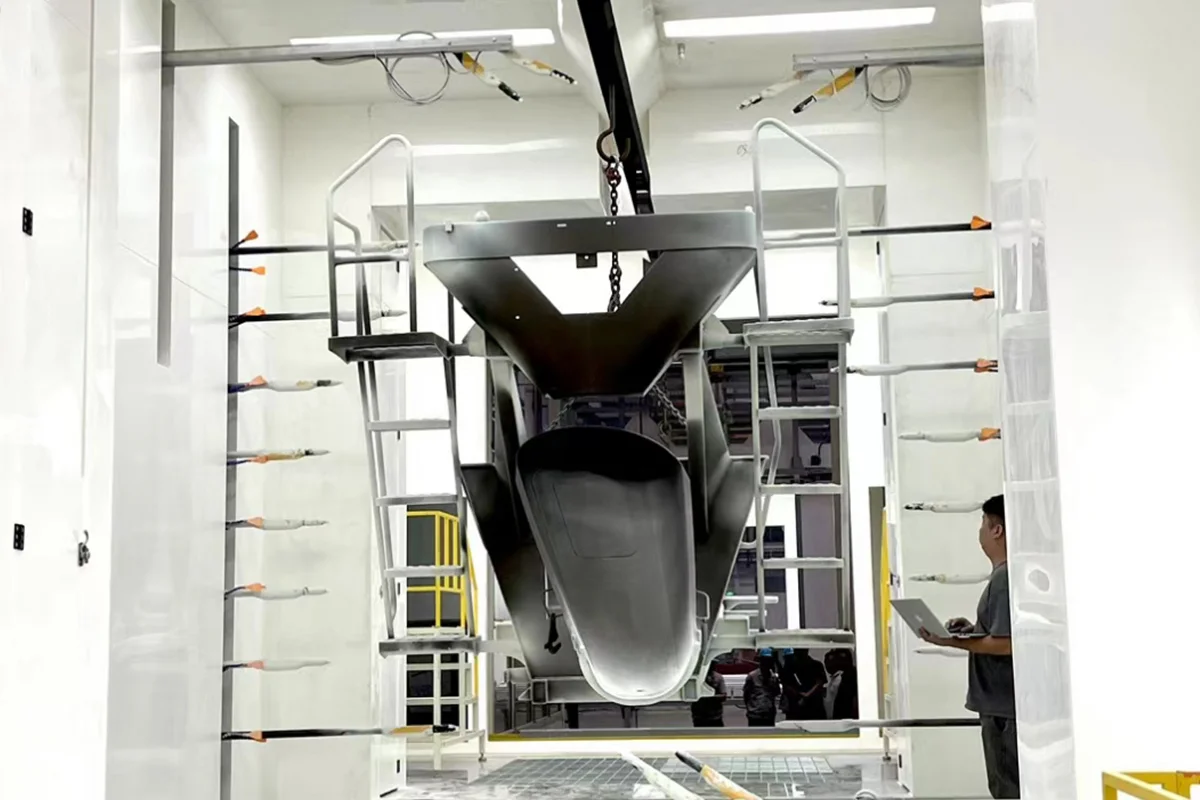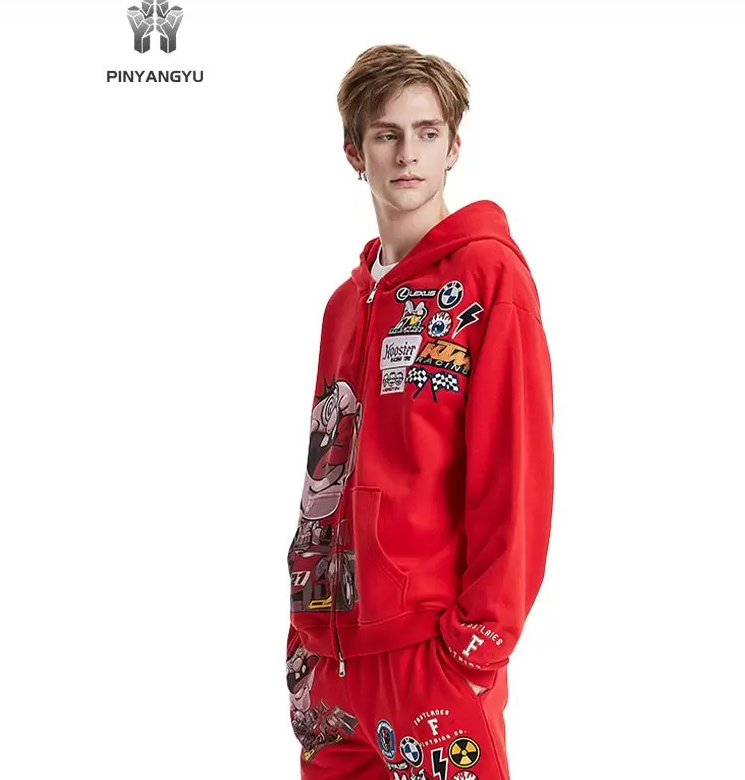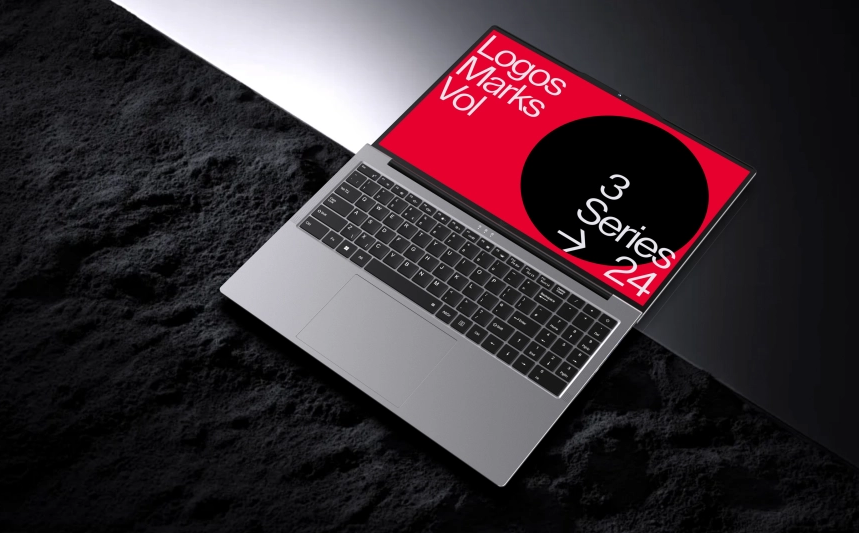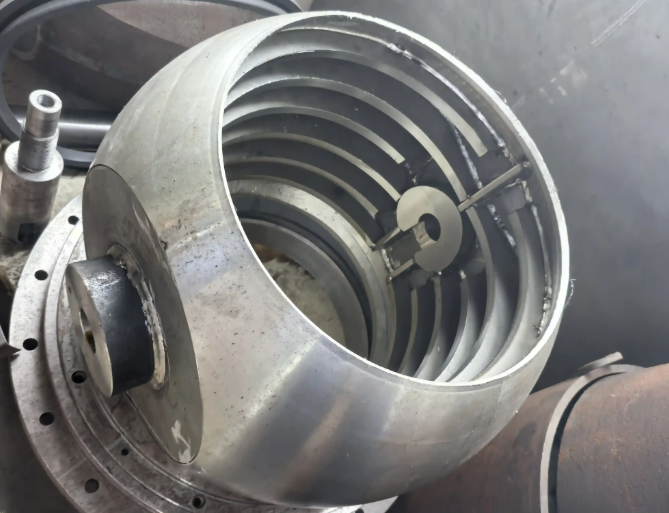Introduction: Rise of Automation in Automotive Coating
The automotive industry has witnessed rapid evolution over the past decades, with manufacturing processes increasingly shifting towards automation to meet high efficiency, consistency, and quality demands. In this blog post, Lexuan, a high performance automotive spray painting equipment exporter, will share the application of automatic powder coating line in the automotive industry. It not only improves production capacity but also ensures uniform and consistent coating that meets strict industry standards.
What is Automatic Powder Coating Line?
An automatic powder coating line is a fully integrated system designed to apply a dry powder—comprising resin, pigments, and additives—electrostatically to metal surfaces. The coated parts are then cured in an oven, forming a hard, durable, and protective finish. The entire line typically includes:
-
Pre-treatment and cleaning modules
-
Automatic powder spray booths
-
Recovery systems
-
Curing ovens
-
Conveyor systems for continuous processing
Automation ensures minimal human intervention, thereby reducing variability and enhancing process control.
Advantages of Automatic Powder Coating Line for Automotive Industry
1. Superior Surface Protection
Automotive parts—such as chassis frames, engine mounts, wheels, suspension components, and underbody structures—require exceptional resistance to corrosion, abrasion, and chemical exposure. Powder coating provides a dense, uniform layer that adheres strongly to metal substrates, offering superior protection compared to traditional liquid coatings.
2. Enhanced Aesthetic Appeal
Powder coating is available in a wide range of finishes including gloss, matte, metallic, and textured effects. Automotive manufacturers use this versatility to improve the visual quality of parts like alloy wheels, mirror arms, and trims, enhancing brand image and consumer appeal.
3. Increased Efficiency and Throughput
Automated powder coating lines are designed for continuous operation, enabling high-speed processing of parts with minimal downtime. Robotic arms and precision nozzles ensure consistent coverage, even in complex geometries. This scalability is vital for meeting the mass production requirements of modern automotive manufacturing.

Pre-Treatment: Ensuring Surface Readiness
Before powder application, metal parts undergo a rigorous pre-treatment process. This typically involves:
-
Degreasing
-
Rinsing
-
Phosphating or nano-ceramic coating
-
Drying
These steps are crucial to remove contaminants and improve powder adhesion. Automated systems ensure repeatability in the pre-treatment stage, a key factor in achieving consistent coating results.
Robotic Application: Precision and Consistency
In the powder spray booth, robotic applicators equipped with electrostatic spray guns deliver powder particles with micron-level precision. The key benefits include:
-
Uniform thickness of the coating layer
-
Reduction in overspray, thanks to precise targeting
-
Adaptability to complex shapes, including deep recesses and curves
Advanced software control allows easy switching between coating parameters for different part designs, making the system highly flexible for mixed-model production.
Curing and Quality Control
After powder application, components pass through a curing oven where the powder melts and forms a continuous film. In automotive applications, temperature and curing time are tightly regulated to meet mechanical performance requirements such as hardness, elasticity, and impact resistance.
Integrated sensors and vision systems monitor coating thickness, coverage, and surface finish. Any deviations are automatically flagged, ensuring zero-defect production and reducing rework or waste.
Sustainability and Environmental Benefits
Powder coating is inherently more environmentally friendly than solvent-based painting methods. Key environmental advantages include:
-
Zero or low VOC emissions
-
High material utilization rates (up to 98% with recovery systems)
-
Minimal water usage compared to wet coating processes
These benefits align with the automotive industry’s increasing focus on green manufacturing and compliance with global environmental regulations such as REACH and EPA standards.
Use Cases in Automotive Manufacturing
1. Electric Vehicle (EV) Component Coating
EV components such as battery enclosures, motor housings, and cooling plates require high-performance coatings for insulation and corrosion resistance. Powder coating lines provide these properties while accommodating the non-stop production needs of the EV market.
2. Heavy-Duty Vehicle Frame Coating
For trucks, buses, and construction vehicles, chassis frames must endure harsh environmental conditions. Automated powder coating ensures a robust finish that resists salt spray, UV exposure, and mechanical wear.
3. Aftermarket and Custom Coating
In aftermarket services, powder coating lines allow rapid customization of parts like rims, grills, and brackets. Automation ensures short turnaround times while maintaining premium finish quality.
Conclusion
The integration of automatic powder coating lines represents a strategic investment for automotive manufacturers aiming to enhance quality, improve sustainability, and reduce operational costs. By delivering consistent, durable, and aesthetically pleasing finishes, these systems are redefining industry benchmarks for performance and efficiency. As automotive technology continues to evolve—especially in electric and autonomous vehicles—the role of advanced coating systems will only become more critical.
www.lexuaneqpt.com
Lexuan



More Stories
Practical Selection Strategies for Dome Valve Balls in High-Temperature Bulk Handling Systems
Conveyor Chain Selection Guide: Material, Specifications, and Load Capacity Analysis
Enhancing Security and Convenience with the Right Roller Door Opener